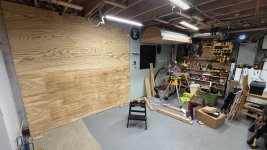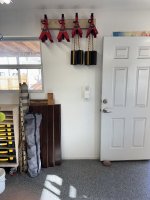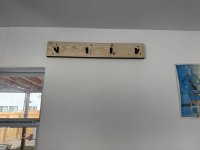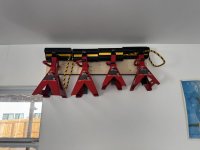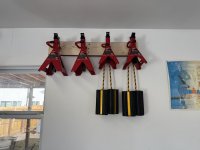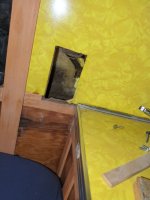I meant power tools, not hand tools. Which is probably not what was the overall point here.From what you see on the shelf, or did you actually talk to electricians? Knipex and Klein are, by far, the top choice for every commercial electrician around here. The handymen/DIYers are buying Milwaukee hand tools because that's what HD is pushing now, not because they are better.
If you want a flat surface, why not use MDF instead of plywood?Going to be building the workbench tops for my miter saw and rip fence.
Obviously want this as flat as possible. I’ll be using 3/4” plywood for the top. These will attach to stud walls clad with 3/4” plywood.
I’m considering two ways to build the frame for it.
1) rip down plywood and double/triple it up for the pieces that will support the 3/4” plywood bench top.
Or
2) Get the straightest 2x4’s I can, cut them a few inches longer, and then run them trough my table saw to get one perfectly flat side lengthwise. That way I’ll have one flat side to square off the ends in the miter saw.
Leaning towards 2. I’ve got some pretty darn straight 2x4’s, I think that would yield best results with the least waste.
For the frame, you could also rip a 2x6 in half and have pretty straight (on one side) on two pieces at once.
Then you have to figure out how flat your floor is.


